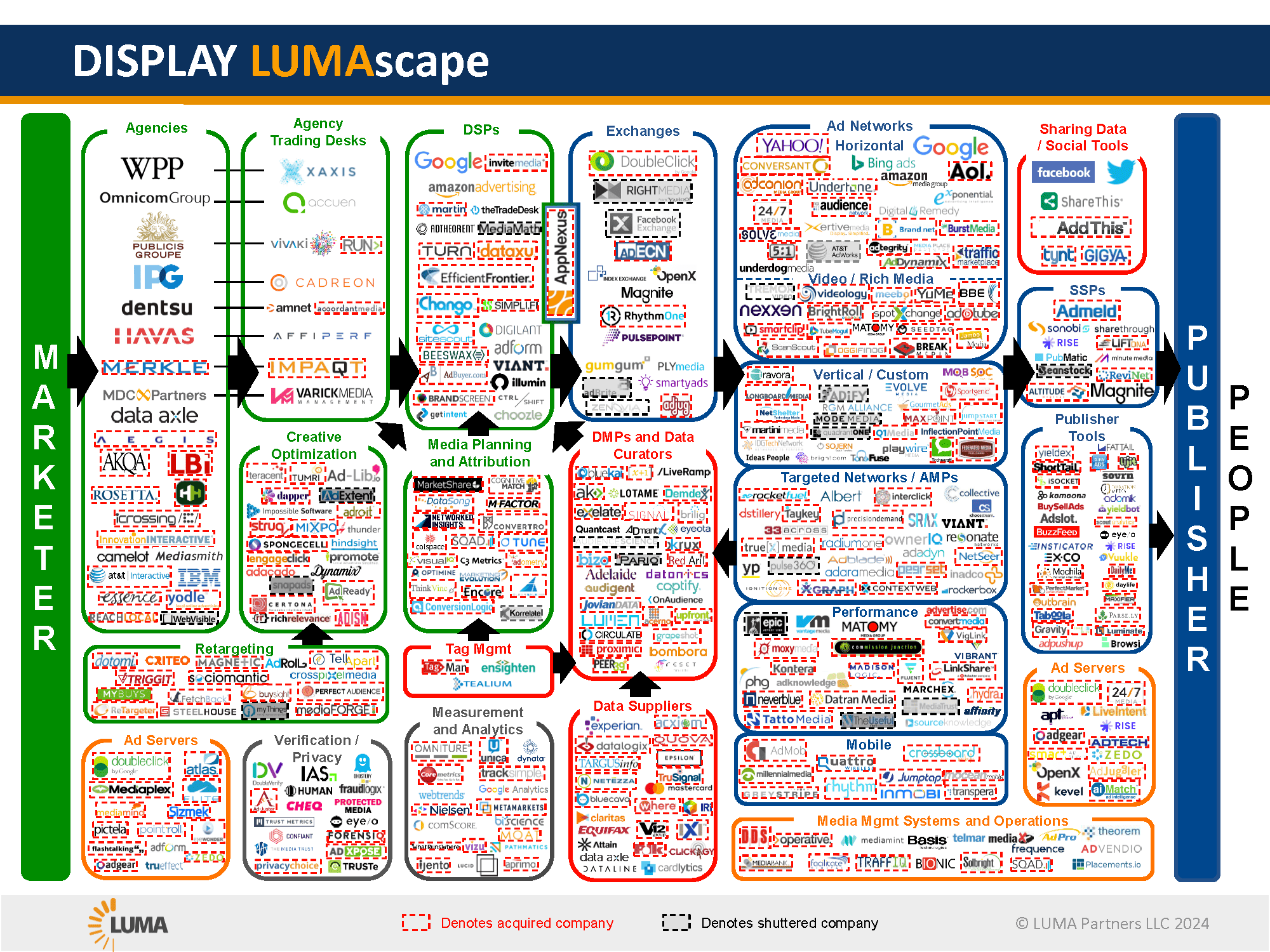
In an industry driven by rapid technological change, complex regulation, and competitive pressures, digital transformation is becoming essential for the shipping sector. We understand the importance of navigating the software landscape carefully to minimize innovation risks and make sound decisions. In this post, we'll share insights on how to make smart software choices that can drive efficiency and long-term value in maritime operations.
Years ago, I used to work in digital advertising at a firm that used to purchase banner advertising to for my clients. These clients were often direct response businesses, such as insurance and e-commerce who wanted to drive consumers from a clever piece of creative to a webpage where they would fill out an application or purchase a product.
Whether the result was a completed application or purchasing a video game, the goal of our campaigns was to complete an action that could be measured using technology. I used to call this type of advertising “CPX,” or “cost per whatever.”
Back then, there was a lot of money in digital display advertising, with advertisers spending close to $26.0 billion in the US alone for those clicks. I remember one boss saying, “I don’t want the whole piece, just our skinny sliver of one half of one tenth of one percent of it.”
You do the math. That’s still a lot of revenue.
Consequently, a lot of companies tried to get their own sliver of that pie. Thousands of them. Maybe tens of thousands. The competition was fierce. The marketplace was very confusing.
To make sense of all the vendors trying to compete in market for digital display advertising, a guy named Terry Kawaja from LUMA Partners created a map of sorts.

This graphic became an industry phenomenon. “I just wanted to organize this mess,” Kawaja said in a great interview years later. Now there are more than twenty such “LUMAscapes.”
Similarly, the maritime industry is experiencing rapid technological changes, complex regulations, and competitive pressures driving digital transformation. Navigating this confusing software landscape is crucial for making sound decisions that minimize innovation risk.
Industry spending on intelligent process automation solutions has soared, aimed at boosting efficiency, reducing costs, curbing emissions, and improving safety. Research firm Thetius estimates this market will grow at a CAGR of 13.8% to reach $26bn by 2027. The benefits are evident, with significant productivity gains, cost reductions, and time savings.
There's that $26 billion number again. Not an annual spending number like in digital advertising in 2010, but still a big pie nonetheless. Moreover, like in digital advertising, there are a lot of companies trying to get their sliver of that maritime spending.
The abundance of software solutions can feel overwhelming. The latest overview from Skysail Advisors shows around 160 software vendors, with ongoing mergers and acquisitions affecting the market's composition. Due diligence is crucial in this competitive landscape.
To navigate this complex landscape, consider these steps:
OrbitMI invests in product development to expand our suite of applications, recently partnering with Bureau Veritas to strengthen our position as a supplier of sustainable solutions. This collaboration ensures that OrbitMI can cater to our clients' evolving needs, particularly concerning data-driven solutions for decarbonization and compliance with regulations like the EU ETS, CII, and upcoming FuelEU Maritime.
When adopting new technology, several challenges arise. According to Thetius, sourcing future-proof technology, ensuring compatibility with existing systems, and maintaining relevance over time are critical. To mitigate these risks, consider the following:
Not every company can invest in some type of in-house expert who can master nuances of each vendor. Instead, find vendors that allow you to quickly and easily test their solution. OrbitMI's subscription-based SaaS platform offers a scalable, adaptable solution that integrates seamlessly with existing systems. Furthermore, you can trial it with no upfront costs, unlike ‘black box’ solutions that typically require heavy investments in IT infrastructure and can often entail protracted implementation processes with lots of trial and error. This approach reduces the risk of heavy upfront costs and protracted implementation processes, making technology adoption smoother and more efficient.
Just as Terry Kawaja’s LUMAscapes brought clarity to the chaotic digital advertising world, navigating the digital transformation in maritime tech requires a structured and informed approach. By defining clear objectives, evaluating vendor reliability, prioritizing quality, and implementing reflective assessment practices, shipping companies can make smarter investments in technology that deliver long-term value. Embracing these strategies will ensure that you don't just get a sliver of the pie but a solution that truly enhances your operations.
For practical tools to assist in your decision-making process, download our free guide below.
These Stories on Becoming Data Driven